Architecture book celebrates London’s most iconic council houses
On World Book Day, we explore The Council House by Jack Young, which celebrates iconic council houses across London
Jack Young - Photography
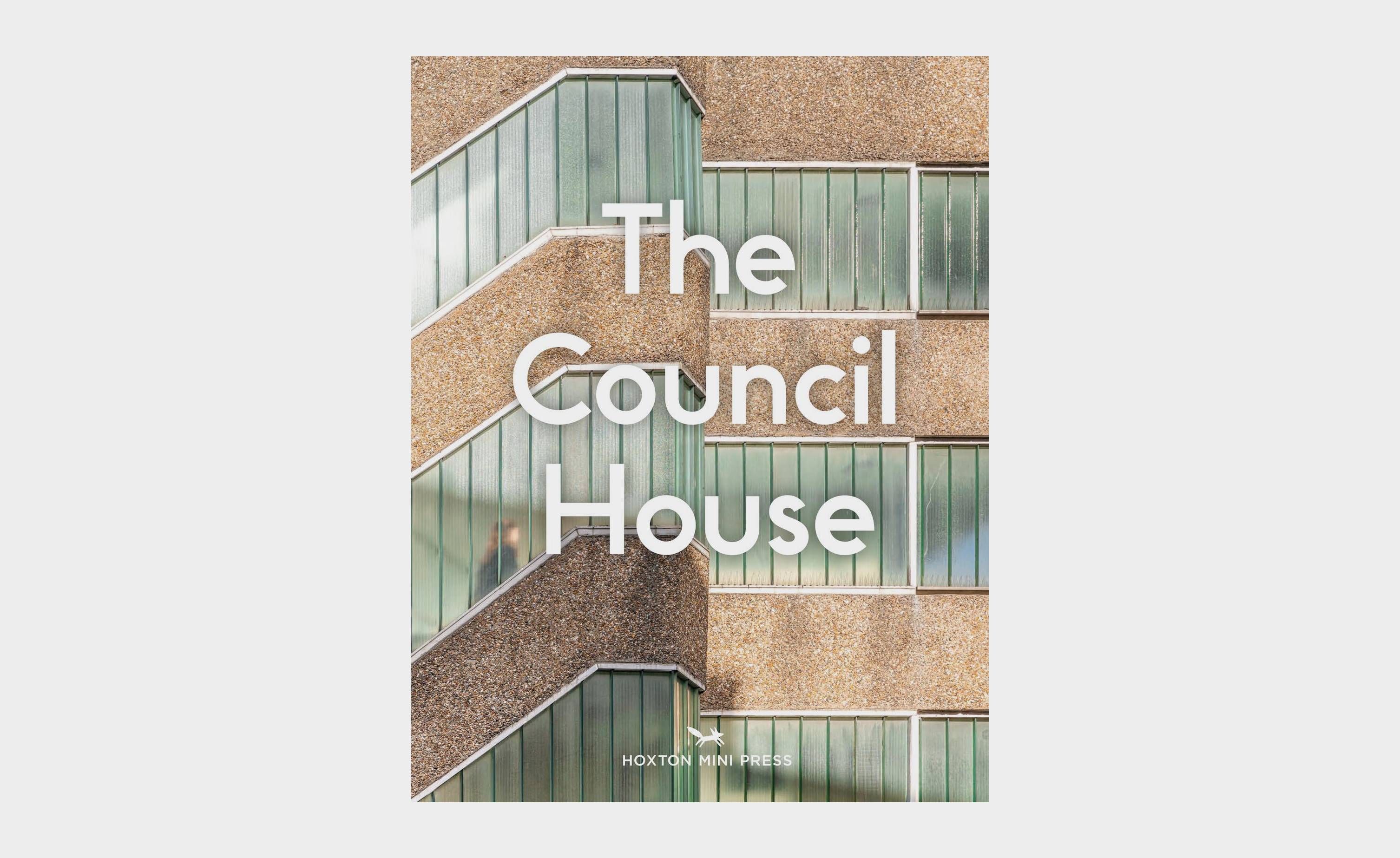
Survey London’s contemporary streetscape, and the more pessimistically minded might conclude that good-quality social housing has had its day. Instead, the capital is now riddled with countless new-build private apartment blocks, with the much-vaunted ‘affordability’ quota and council houses often relegated down dark side alleys or on another site altogether, if they are even built at all.
Space is at a premium, with ‘micro apartments’ suggested as a way of upping the amount of available housing.

Trellick Tower, 1968-72, W10, Erno Goldfinger, from The Council House
The irony is that Britain used to build some of the best and most generous social housing in the world, strongly influenced by European modernist design. By the 1960s, all council housing was governed by a set of official space standards that most modern developers would baulk at.
Writer and photographer Jack Young’s new architecture book The Council House brings together portraits of 68 of the capital’s most celebrated council house schemes, from high to low rise, scattered across London from north to south.
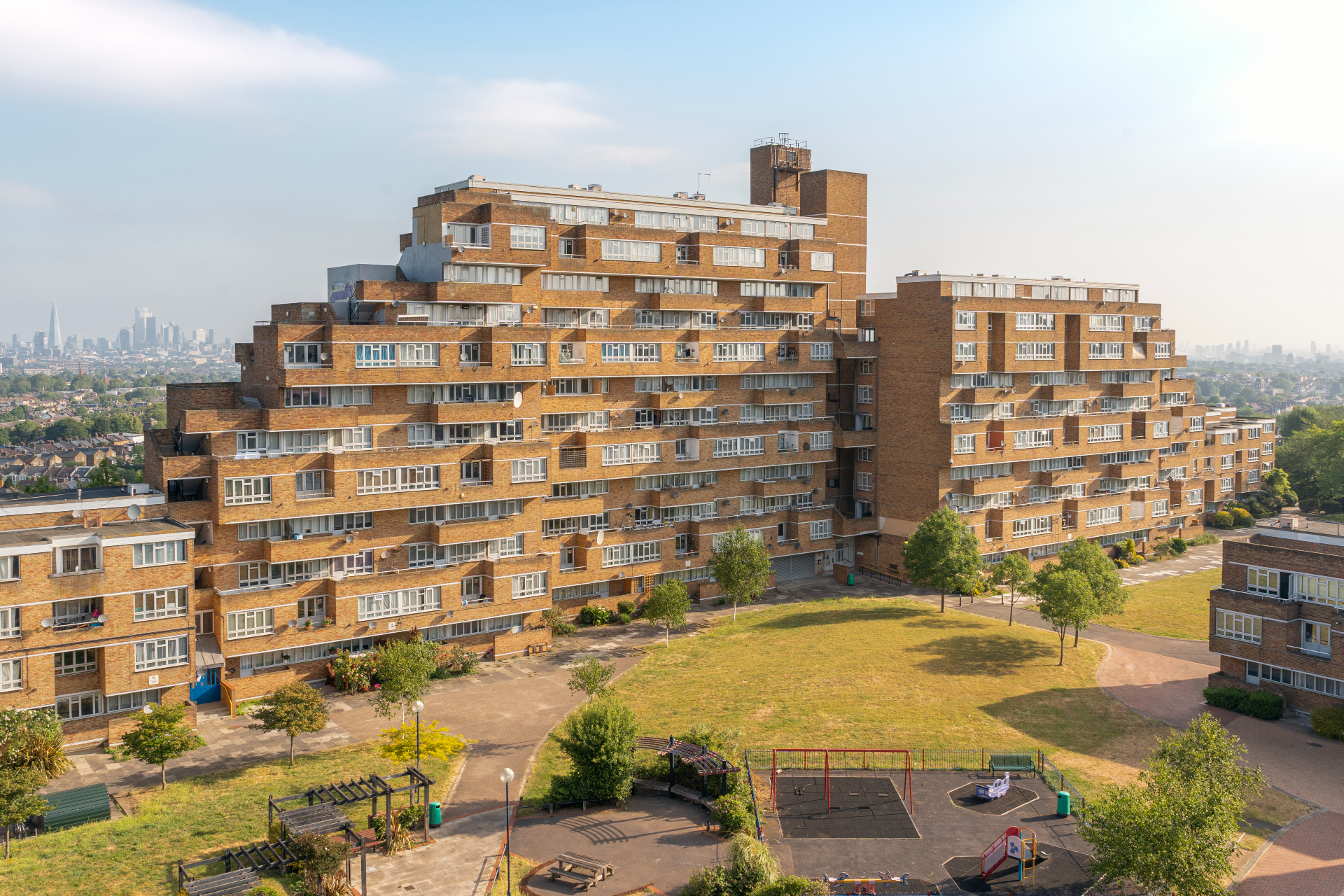
Dawson’s Heights, SE22, 1968-72, Kate Macintosh (Southwark Department of Architecture & Planning), from The Council House
Young writes unflinchingly about the teething troubles and social ills that frequently tainted the image of the new housing, but balances these with enthusiastic voices from residents old and new.
His excellent photographs veer between heroic celebrations of abstract forms and colour, and contextualising shots that really show how many of these buildings have grown and matured over time.

Lillington Gardens, SW1V, 1964-72, Darbourne & Darke, from The Council House
Although many of the featured buildings and complexes didn’t live up to their utopian promises, the landscape of affordable housing has changed beyond all recognition since they were built.
Receive our daily digest of inspiration, escapism and design stories from around the world direct to your inbox.
As a result, a whole new generation is discovering these structures for their generous space and light. As demolition becomes increasingly uneconomic, London’s 20th-century council housing has become an integral and essential part of the city’s fabric.

Spa Green Estate, EC1V, 1946-49, Tecton Group, from The Council House

Sivill House, E2, 1964-66, Skinner, Bailey & Lubetkin, from The Council House
INFORMATION
The Council House, Jack Young, £18.95, Hoxton Mini Press
Jonathan Bell has written for Wallpaper* magazine since 1999, covering everything from architecture and transport design to books, tech and graphic design. He is now the magazine’s Transport and Technology Editor. Jonathan has written and edited 15 books, including Concept Car Design, 21st Century House, and The New Modern House. He is also the host of Wallpaper’s first podcast.
-
 Usher opens up about breakfast playlists, banana pudding and why a glass tumbler is always on his rider
Usher opens up about breakfast playlists, banana pudding and why a glass tumbler is always on his riderOn the heels of a collaboration with Baccarat, the Grammy-winning singer-songwriter breaks down his entertaining tips. 'Hosting is an expression of how you feel about your guests and also who you are.'
-
 The beauty trends that will define 2026, from ultra-niche fragrances to anti-ageing dental care
The beauty trends that will define 2026, from ultra-niche fragrances to anti-ageing dental careAs we enter the new year, we speak to experts in fragrance, skincare, aesthetics, wellness and more about the trends that will be shaping the way we look
-
 The most stylish hotel debuts of 2025
The most stylish hotel debuts of 2025A Wallpaper* edit of this year’s defining hotel openings. Design-led stays to shape your next escape
-
 David Kohn’s first book, ‘Stages’, is unpredictable, experimental and informative
David Kohn’s first book, ‘Stages’, is unpredictable, experimental and informativeThe first book on David Kohn Architects focuses on the work of the award-winning London-based practice; ‘Stages’ is an innovative monograph in 12 parts
-
 Explore Tom Kundig’s unusual houses, from studios on wheels to cabins slotted into boulders
Explore Tom Kundig’s unusual houses, from studios on wheels to cabins slotted into bouldersThe American architect’s entire residential portfolio is the subject of a comprehensive new book, ‘Tom Kundig: Complete Houses’
-
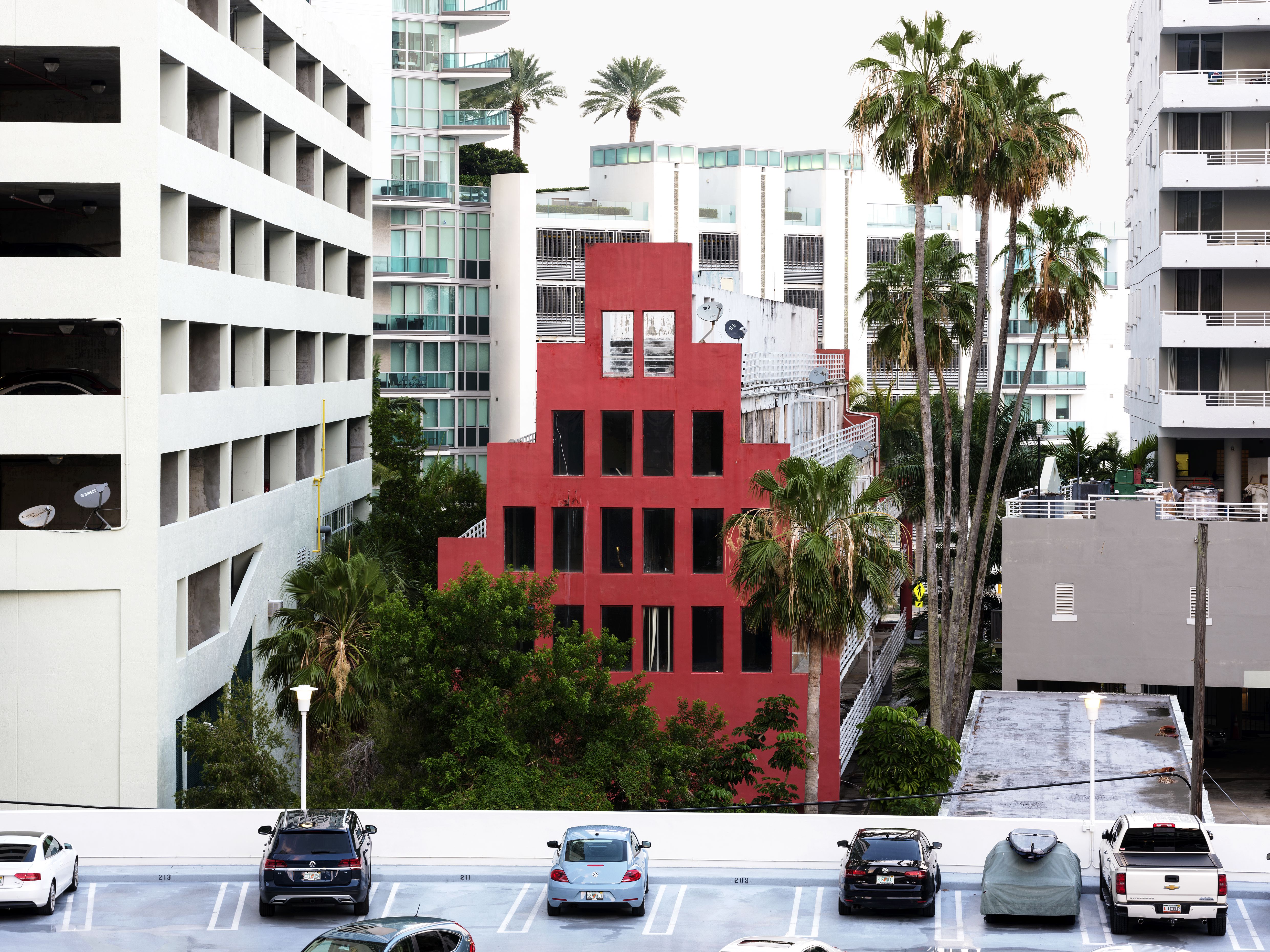 Max Creasy on the future of architectural photography and a shift to the ‘snapshot’
Max Creasy on the future of architectural photography and a shift to the ‘snapshot’A show of photographer Max Creasy’s work opens at the AA in London, asking a key question: where is contemporary architectural photography heading?
-
 A new photo book explores the symbolic beauty of the Japanese garden
A new photo book explores the symbolic beauty of the Japanese garden‘Modern Japanese Gardens’ from Thames & Hudson traces the 20th-century evolution of these serene spaces, where every element has a purpose
-
 Modernist Travel Guide: a handy companion to explore modernism across the globe
Modernist Travel Guide: a handy companion to explore modernism across the globe‘Modernist Travel Guide’, a handy new pocket-sized book for travel lovers and modernist architecture fans, comes courtesy of Wallpaper* contributor Adam Štěch and his passion for modernism
-
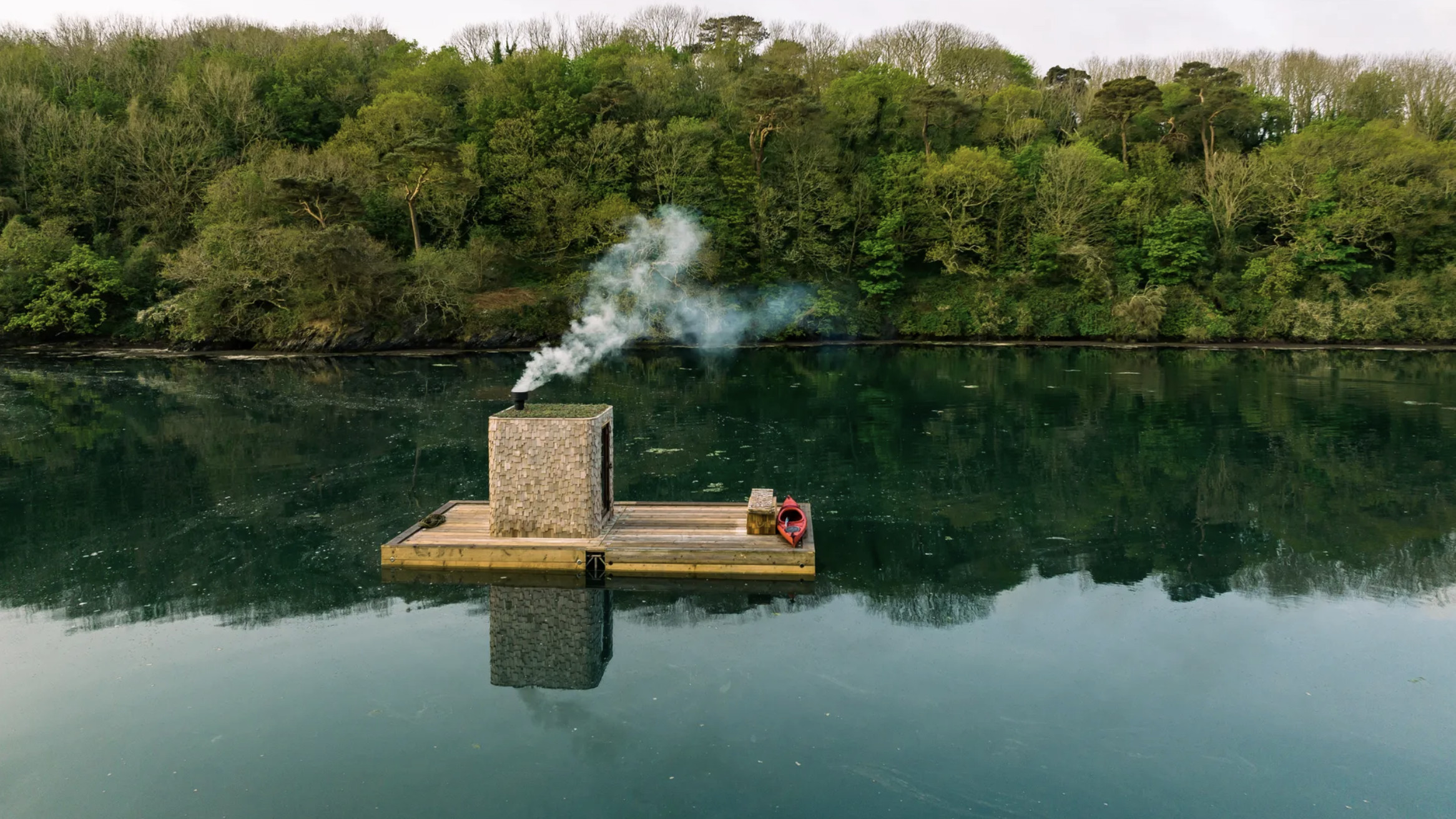 Wild sauna, anyone? The ultimate guide to exploring deep heat in the UK outdoors
Wild sauna, anyone? The ultimate guide to exploring deep heat in the UK outdoors‘Wild Sauna’, a new book exploring the finest outdoor establishments for the ultimate deep-heat experience in the UK, has hit the shelves; we find out more about the growing trend
-
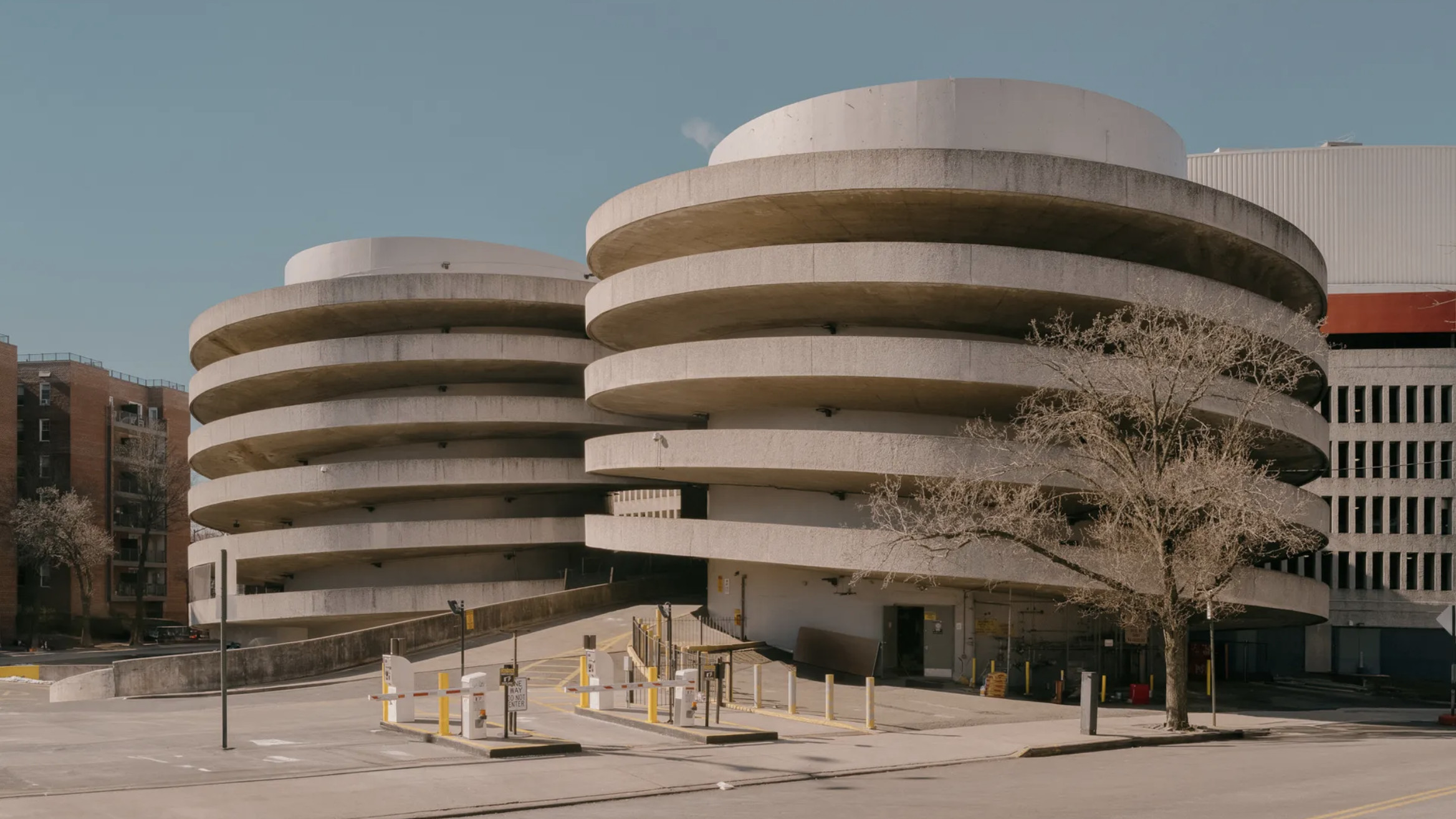 At the Sony World Photography Awards 2025, architecture shines
At the Sony World Photography Awards 2025, architecture shinesThe Sony World Photography Awards 2025 winners are announced, offering a visual feast in the Architecture & Design category
-
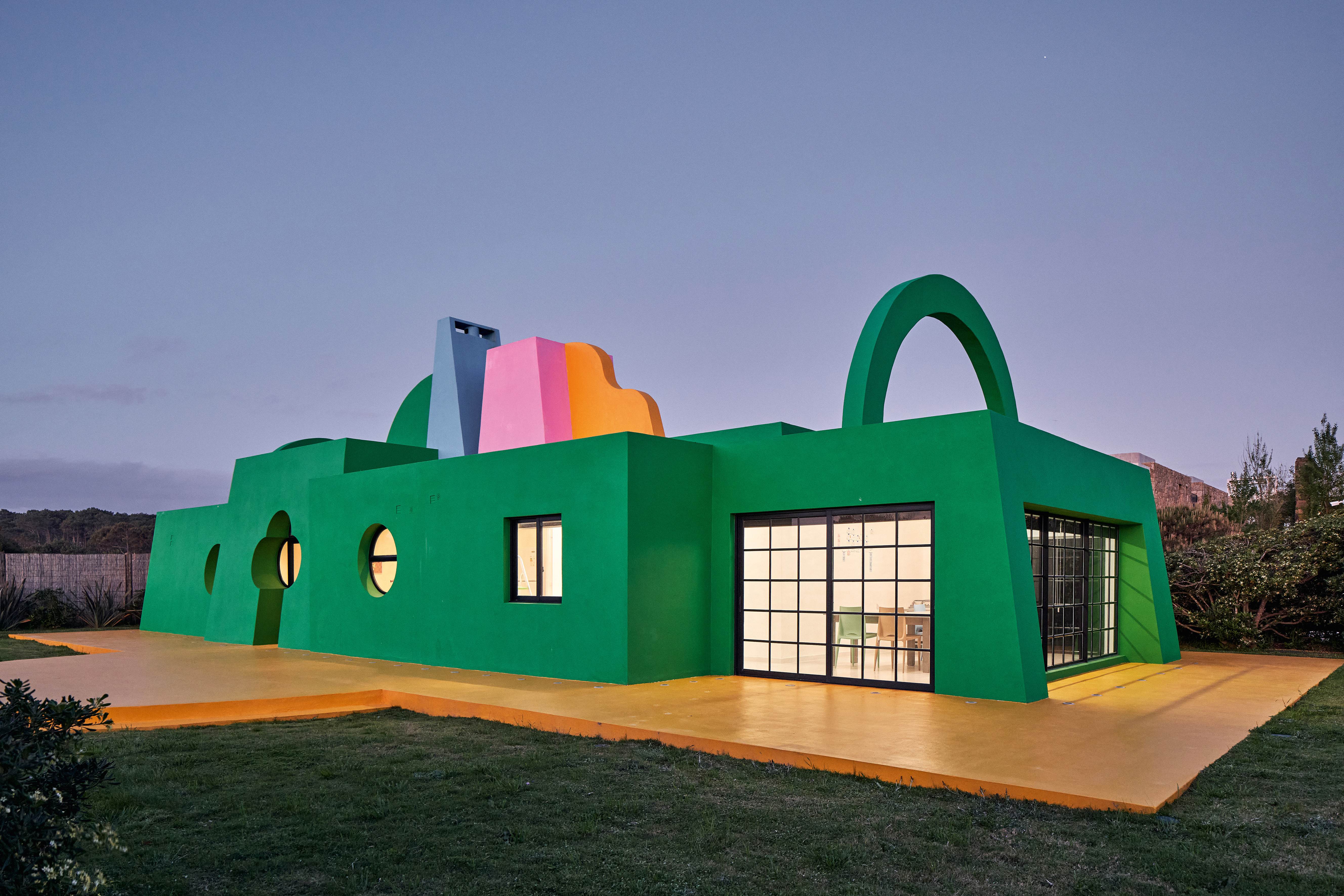 Ten contemporary homes that are pushing the boundaries of architecture
Ten contemporary homes that are pushing the boundaries of architectureA new book detailing 59 visually intriguing and technologically impressive contemporary houses shines a light on how architecture is evolving